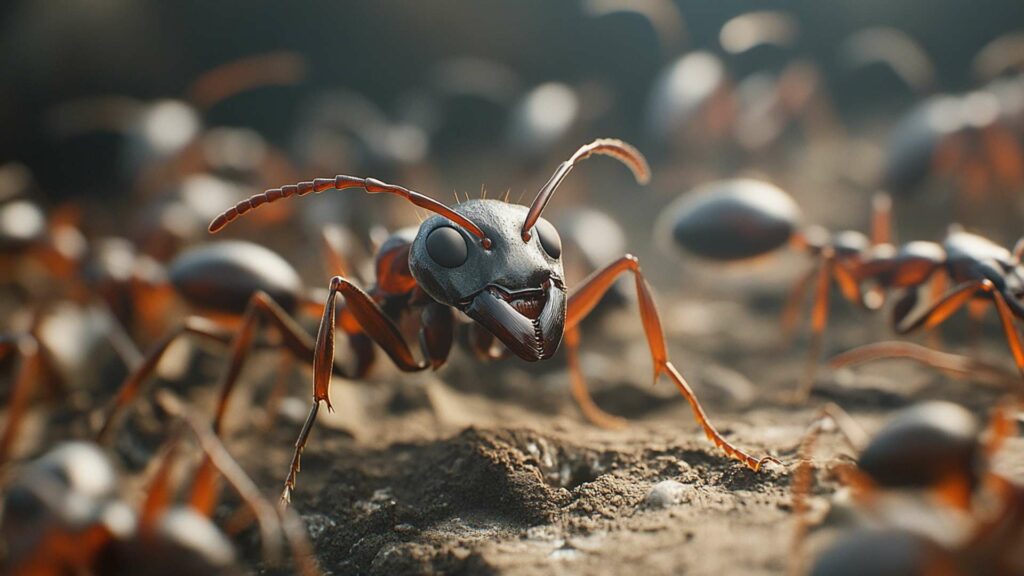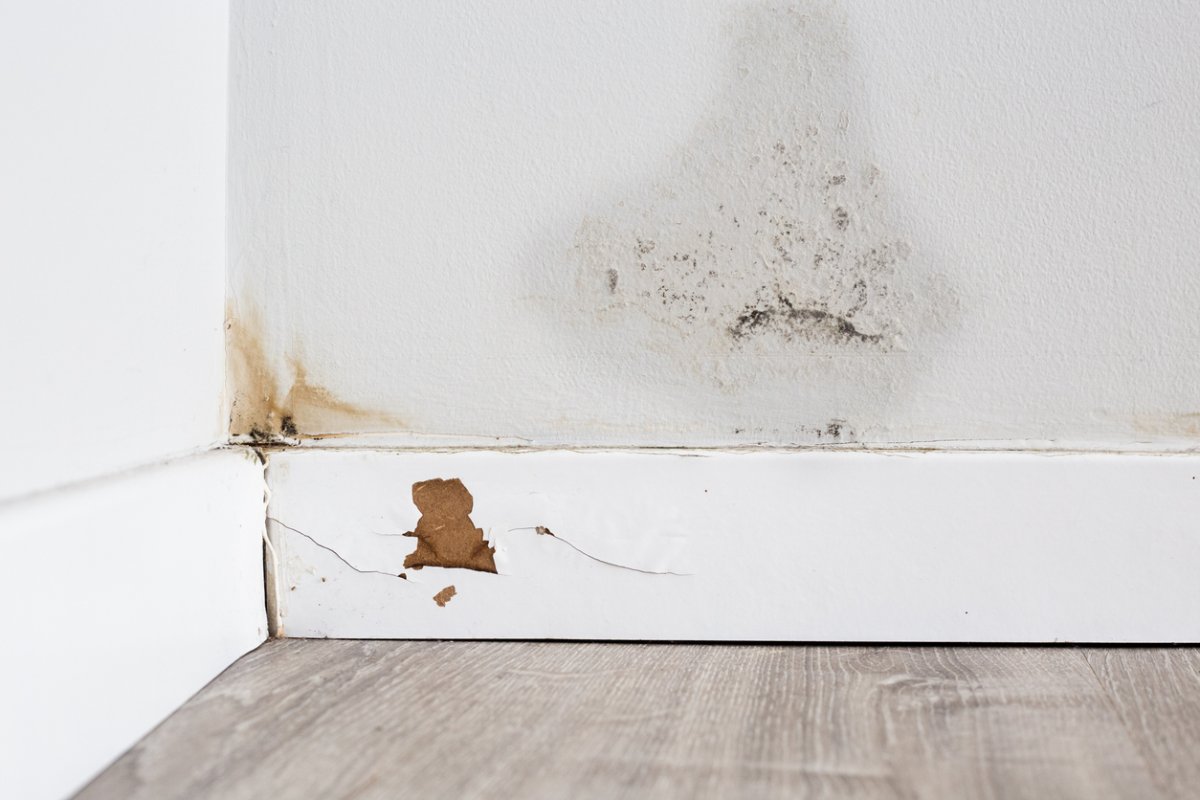While many winged insects are a passing annoyance, the sight of a large, dark-colored flying ant inside your home can be a genuine cause for concern. It could be a flying carpenter ant, and its presence is often the first and most visible sign of a hidden, wood-damaging infestation.
Unlike other flying ants, these swarmers are not merely lost visitors. Their appearance signals that a mature carpenter ant colony is likely living within your home's structure. This guide will teach you how to identify them, spot the evidence of their nests, and take the correct course of action.
Threat Analysis: What You Need to Know
Who They Are: Flying carpenter ants are winged reproductives (known as "swarmers" or "alates") from a mature, established colony.
The Core Threat: They do not eat wood. They excavate it, chewing tunnels and galleries to create nests. Over time, this can weaken structural timbers.
The #1 Warning Sign: Finding these large swarmers indoors almost always means a parent or satellite nest is already inside your home.
Recommended Action: Because the damage is internal, a professional inspection is highly recommended to assess the extent of the problem.
[Here: A pest control expert shows how to identify a flying carpenter ant and points out signs of carpenter ant damage, such as "frass".]
How to Identify a Flying Carpenter Ant
First, confirm the identity of the insect itself. Carpenter ants are among the largest ant species in North America and Europe, which helps distinguish them.
Size and Color: They are typically large, ranging from 1/2 to 5/8 of an inch long, and are usually black or reddish-black.
Basic Ant Features: Like all ants, they have a clearly "pinched" waist, bent or "elbowed" antennae, and two pairs of unequal-sized wings (the front pair is much longer than the back). This is the primary way to distinguish them from termites, which have straight waists, straight antennae, and four equal-sized wings.

Caption: The large size, pinched waist, and bent antennae are key identifiers of a flying carpenter ant.
The Real Danger: They Destroy Wood from the Inside Out
It's a critical distinction to understand: carpenter ants do not eat wood for food. This is a common misconception.
As entomologists at the University of Kentucky College of Agriculture explain, termites consume wood as their food source. Carpenter ants simply chew through it and discard the shavings to create smooth, hollowed-out galleries for their nests. While they don't eat it, the end result can still be significant structural damage over several years. They prefer wood that has been softened by moisture, making them a common problem in areas with minor leaks or poor ventilation.
Top 3 Signs of a Carpenter Ant Nest in Your Home
The presence of flying carpenter ants is a major clue, but it's often accompanied by other subtle signs.
Piles of "Frass." This is the most definitive evidence. As carpenter ants excavate their nests, they push out debris through small holes. This debris, called "frass," looks like fine wood shavings or sawdust. It will often contain the remnants of other insects and ant body parts. You may find small, unexplained piles of it on floors, along baseboards, or on windowsills.
Faint Rustling Sounds. In a quiet house, you may be able to hear faint rustling, scratching, or crinkling sounds coming from within a wall or ceiling. This is the sound of the ants actively working and expanding their nest.
Swarmers Emerging Indoors. Finding the winged ants emerging from cracks in walls, light fixtures, or ceiling vents is a sure sign the nest is located inside the structure of your home.

Caption: Finding unexplained piles of frass is a key indicator of an active carpenter ant nest.
Your Action Plan for Carpenter Ants
Because the primary nest may be hidden deep inside a wall, dealing with carpenter ants is not typically a DIY job.
Step 1: Do Not Ignore the Swarm. Unlike common flying ants, carpenter ant swarmers indoors are a call to action. Their presence means a colony has been established for several years.
Step 2: Try to Locate the Nesting Area. Look for signs of frass. Pay close attention to areas with current or past moisture problems: under sinks, around tubs and showers, near poorly sealed windows, in attics, and in crawl spaces.
Step 3: Call a Professional. This is the most crucial step. A licensed pest control professional has the tools and expertise to locate the hidden nest (or nests, as there can be satellites) and eliminate the entire colony, including the queen. According to pest management resources like the New York State Integrated Pest Management program, simply spraying the swarmers you see will not solve the underlying problem.
In summary, a flying carpenter ant is not a harmless visitor. It is a clear signal of an active, wood-damaging infestation that requires a swift and professional response. Early identification and action are the keys to protecting your home from serious, long-term damage.
